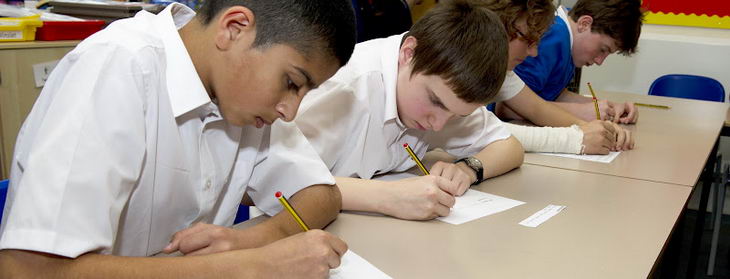
Here we will focus further upon standards of achievement and take the opportunity to become more familiar with SEN progression guidance and its focus on those working below Level 1 of the National Curriculum.
There will also be a chance to reflect upon appropriate evaluation processes and analysis of children's outcomes.
Eileen Visser, HMI Rtd, poses a number of questions for schools in relation to standards of achievement. Have you:
- Evaluated the rigour of the moderation process in relation to p-scales and National Curriculum level descriptors? As a minimum there should be discussions within the school, but have you made comparisons with other schools within the local authority and regionally?
- Considered pupils' ages and starting points when measuring progress and determining targets? The data set for the SEN Progression Guidance materials has not been added to in 2011/2012 but is still regarded as useful.
- Understood, and ensured members of staff understand, the difference between achievement, attainment and progress? Do all members of staff know what is inadequate, satisfactory, good and outstanding progress for individual pupils by showing an evidence trail to substantiate the judgement?
Since 2009 Ofsted inspectors have used the Progression Guidance during their conversations about the progress of pupils with SEN.
Although the DfE has indicated that there will be no update of the Progression Guidance for 2011-2012, schools and Ofsted are expected to continue using the 2010-2011 guidance and data sets as a national benchmarking tool for evaluating the progress of pupils with SEN at the end of each key stage. It offers a measure of 'expected progress' for pupils of different ages and prior attainment.
The data sets can be found on the National Archives.

The Progression Guidance has a focus on those working below Level 1 of the National Curriculum. Three accompanying data sets are also available. The key principles articulated in this guidance are that:
- High expectations are key to securing good progress.
- Accurate assessment is essential to securing and measuring good progress.
- Age and prior attainment are the starting points for developing expectations of pupil progress.

The Progression Guidance materials are intended to provide an additional resource for school leaders so that they can form
judgements about what constitutes good progress. They will also help evaluate the degree of ambition in targets agreed
for pupils.
Age and prior attainment are used as the starting points for developing expectations of pupil progress, which are viewed as the only objective starting points for comparisons of progress and for setting targets rather than type of need. The Progression Guidance provides a range of English, mathematics and science data that can inform expectations.
Care needs to be taken when interpreting the data in this guidance.
- The p-scale data and lower-level National Curriculum data are based on teacher assessment. Can it be presumed that effective procedures for moderation were in place across all schools?
- The sample size is small, particularly at
levels p1i-p3ii. - Even when broken down into sublevels, the steps from one level to the next can be too large for some pupils. Therefore, making judgements about progress based on the data alone will not be the most effective means of evaluation.
- The p-scales data set that is used in this guidance only provides information about a limited number of pupils. Possibly mostly from mainstream settings.
- There is not yet enough data on cohorts of pupils moving through each key stage.
- A point score system has been devised so that data can be aggregated for analysis and reporting purposes. This should not be taken to mean that p-levels may be assumed to represent equal and even steps.
The guidance is plain that effective schools use data based on age and prior attainment to make predictions about the likely outcomes of learners across a key stage. They consider past performance but then add a degree of challenge.
When target setting, this guidance encourages schools to consider the progress of learners above the median. For greater ambition and challenge, comparison should be made with learners in the upper quartile where, even at the lower p-levels, progress is at least 2 levels.
Schools should use a basket of indicators besides the Progression Guidance data set when evaluating past performance or setting meaningful, ambitious targets.
A range of information should be used to determine the most appropriate target, based on a 'best-fit' professional judgement for learners who start a particular school well into the key stage.
Can you answer Eileen Visser's questions below? What evidence do you have available at this time in order to ensure that you can do so appropriately?
Have you:
- Evaluated the impact on pupils' progress of those receiving specialist support or who are having particular interventions?
- Maintained high expectations of pupils through self-reflection and lesson observations?
- Checked that individual and group targets have sufficient ambition and have taken into account the SEN Progression Guidance materials for 2010-2011?
- Completed an analysis of the outcomes of different groups in your school? Even with small cohorts this is an important task and can often pick up areas of the curriculum where underperformance becomes obvious across gender, minority ethnic and other groups.